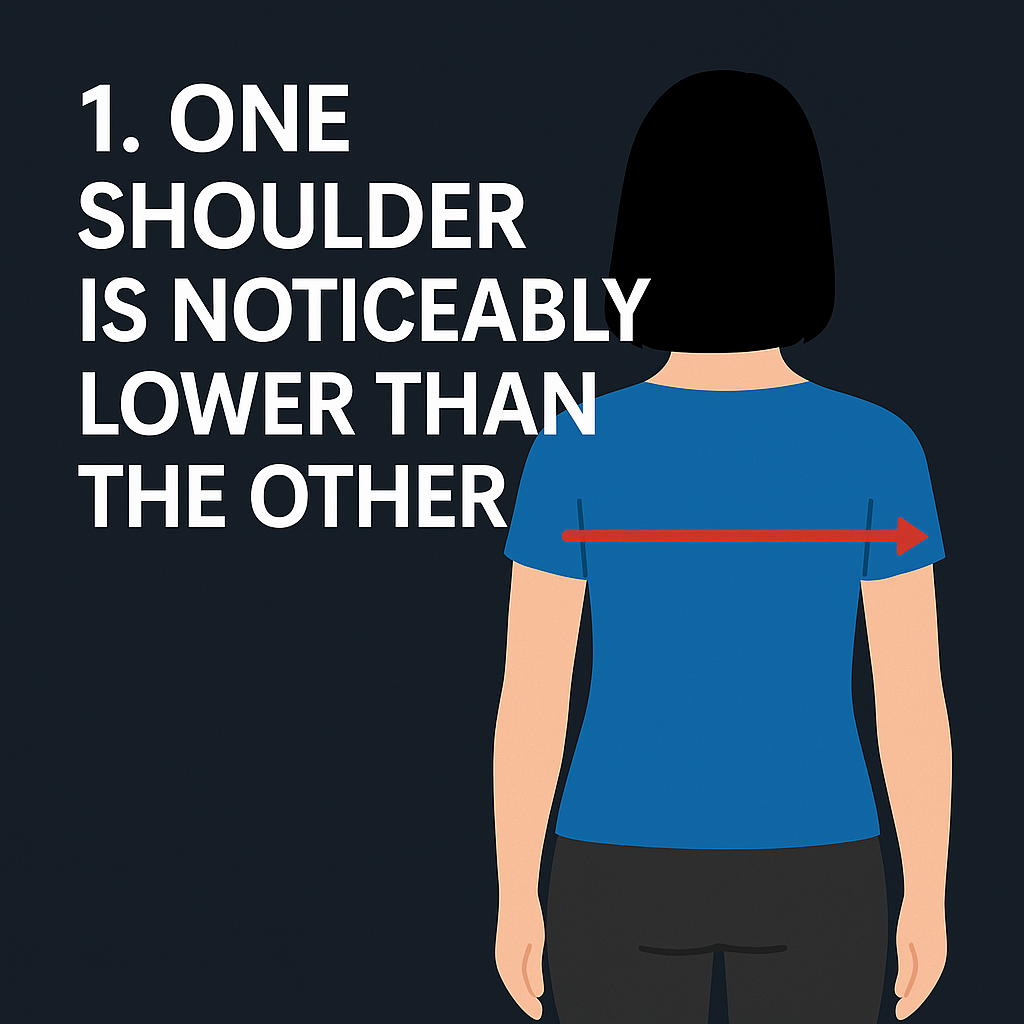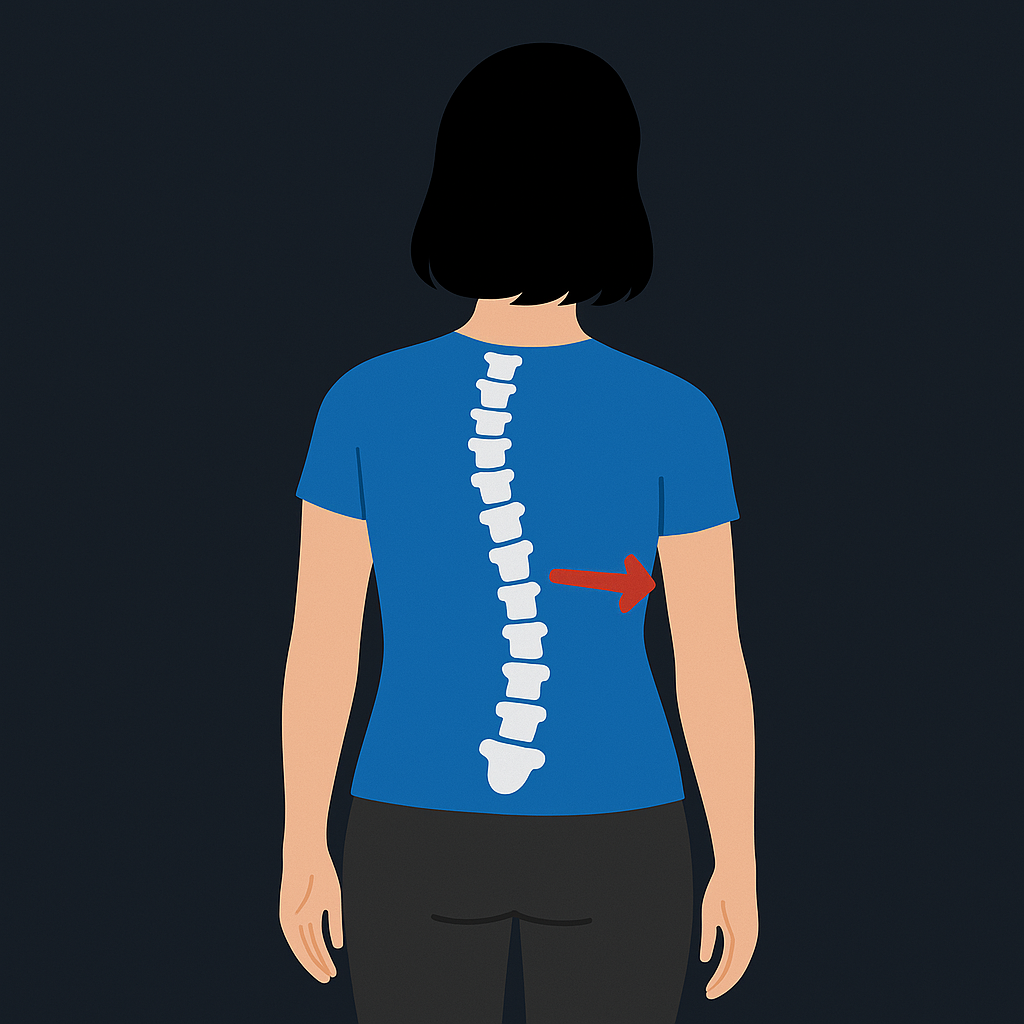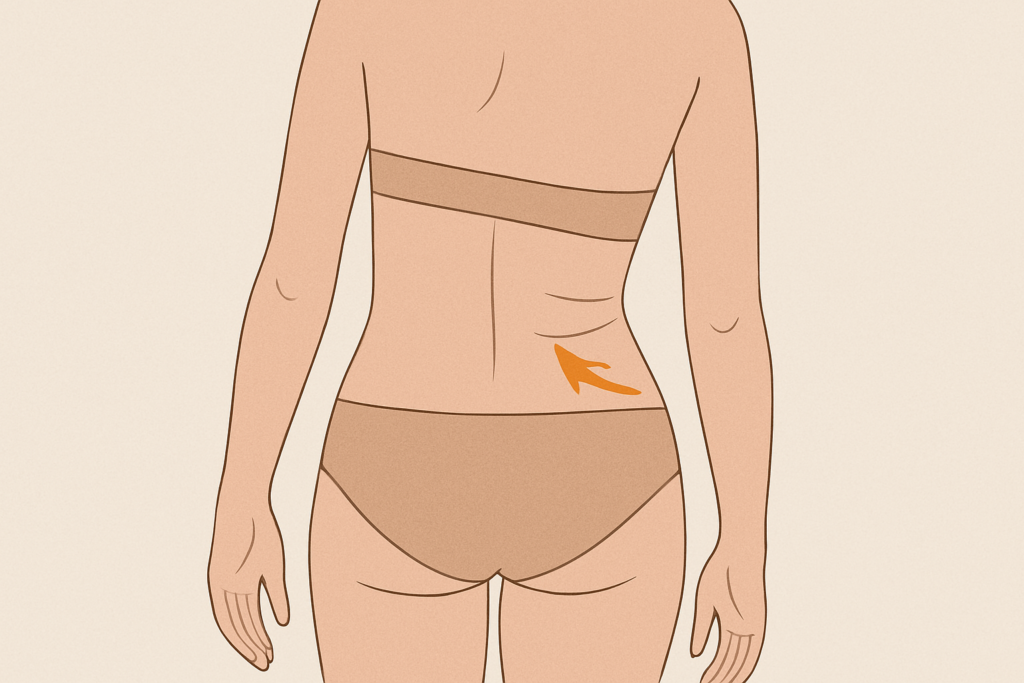Do I Have a Scoliosis – 5 Clinical Signs
Scoliosis is a curvature of the spine that causes both the spine and ribcage to rotate. As a result of this, the shoulders, trunk and hips are often asymmetrical. This can lead to muscular and/or joint pain, loss of confidence and early wear and tear, or osteoarthritis.
Scoliosis comes from the Greek word skolios, meaning twisted or crooked. There are two types of scoliosis – structural (a fixed curve that doesn’t straighten out when bending) and a non-structural scoliosis (a non-fixed curve that straightens with bending and is often due to a leg length deficiency or poor postural habits).
The cause of a large proportion of scoliosis is unknown. Approximately 30% of scoliosis appears due to genetic defect (funny shaped vertebra and rib malformations). Many more girls than boys are diagnosed with scoliosis and are usually between the ages of ten and skeletal maturity (around age 21).
Other causes of scoliosis include nerve or muscle disease, infection, radiation, trauma, tumour and arthritic joint disease. If you are interested, you can read a more detailed account in my best-selling book, The Posture Doctor.
If you are worried that you or your child may have a scoliosis, there are a few signs you should look for:
5 clinical signs of scoliosis
1. One shoulder is noticeably lower than the other. Look in the mirror or have someone else check from behind.


2. Rib prominence causes your shoulder blade to protrude or one breast appears noticeably larger.


3. One hip may appear elevated with asymmetrical body contours.


4. A noticeable difference (asymmetry) in skin creases appear on your flank.


5. Something just doesn’t look right.
I can’t stress this sign enough. So many of my clients come to me asking for a Posture Analysis saying ‘something just doesn’t look right when I look in the mirror.’ Human beings are bilaterians. That means that we are the same (symmetrical) on either side of our central axis or center of gravity. We have two ears, two eyes, two arms, two legs, two kidneys, two ovaries etc. This is nature’s clever design. Symmetry is perceived as being more attractive.
Symmetry has been extensively studied in relation to attractiveness and what we do know is that symmetry is a visual cue for attractiveness. Chances are that if you think something is really wrong with your posture (which shows up as body asymmetry) when you look in the mirror, you are probably right, because it makes you feel less attractive. This is why we like ourselves in some photographs but not in others. The photos that catch our differences in symmetry are the images that make us cringe.
Of course attractiveness is only one of many good reasons to improve our posture. Do you think you have a scoliosis? Please share below.


Free Posture Video Crash Course!
Discover the crazy, simple 3-step formula that will teach you how to improve your posture and flexibility like a pro. You will learn how to hardwire the habit of good posture, reduce forward head and the secret way to stop slouching. It's 100% free!
Dr. Paula Moore
If you suspect you have a problem with your posture, and you can't stop slouching, because it hurts when you try, we have got the solution you've been waiting for. Posture Videos have been helping people correct their posture for a decade. With millions of people viewing our videos, and +25k enrolled students in 90+ countries around the world, Posture Videos is changing the face (or spine) of online healthcare. We are so glad you are here!
Related Posts You May Like